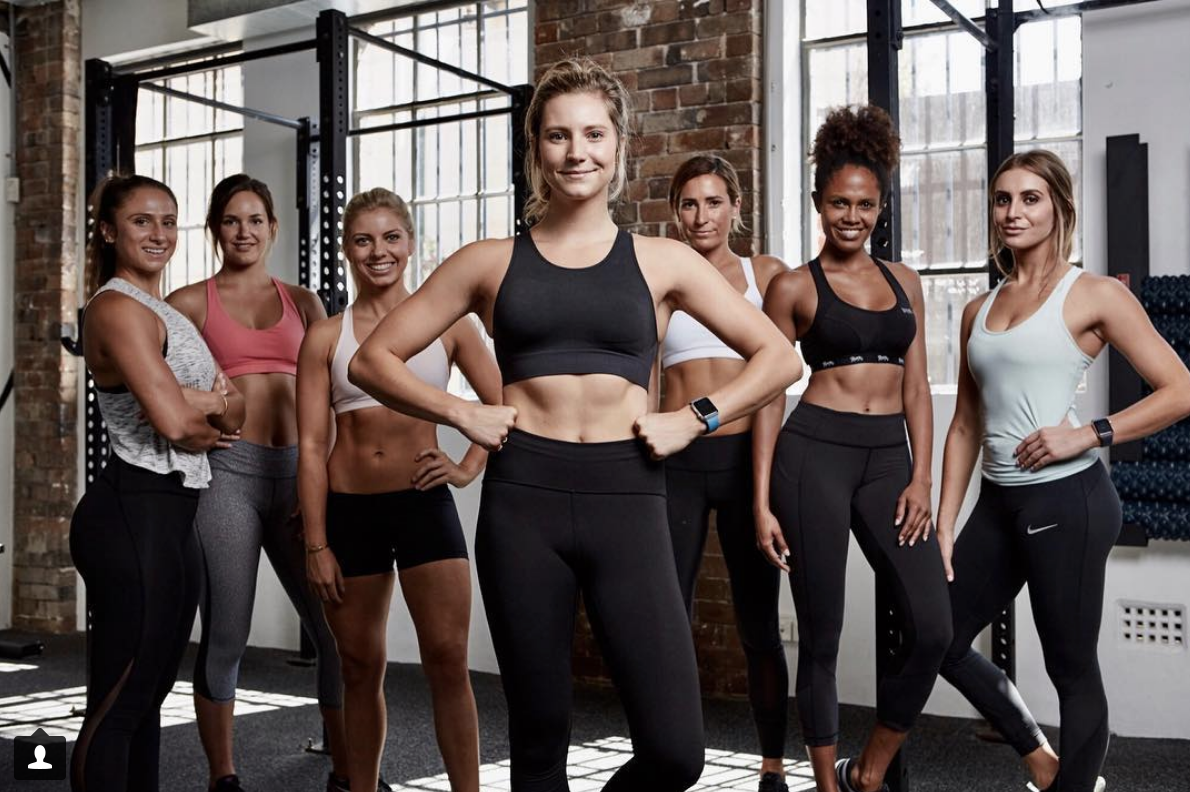Exercise scientist reveals why women should train differently to men.
Article by Victoria Burdon, Exercise Scientist and expert for Zova
I’m sure this headline alone is enough to offend some people, and while there is no doubt that women can do everything men can do, it’s good to note that we may in fact benefit from training differently due to differences in our hormones, our anatomy and our physiology.
Here are a few things to consider when structuring your training program and why women may get more out of training if we train for our own needs and body instead of competing with the guys!
Our Cycles
Men don’t have to deal with the never ending undulation of hormones that women face with menstruation. For us girls, because of the continuous rise and fall of sex-hormones, we experience symptoms that can affect training outcomes and performance. As such, it may be necessary for us to change our exercise plans over the course of the month to cater for this.
Most women will feel strong and will be able to perform well for the first half of the cycle as this is when the female sex-hormone, oestrogen, is at its highest. At this time, it is good to test your heavy lifts, increase weights, or perform HIIT training, as the body will not only experience a higher pain tolerance, but greater confidence and motivation. Due to high levels of oestrogen, the body will respond more efficiently to resistance training leading to greater, faster muscle gains.
In the second half of the cycle, oestrogen levels decrease and progesterone increases, which can lead to fatigue, mood changes and other symptoms that can affect performance in the gym. During this phase it may be necessary to back off of the heavy lifting and increase endurance and cardio training at sub-maximal loads, as the body is more efficient at burning fat in this time. The body will likely retain water in this phase as well, so exercising will help sweat out excess fluid.
It is important to listen to your body and pay attention to how it is feeling. We are all different, so finding an exercise routine that is optimal for your individual body is key!
Our Structure
Women should be able to perform the same lifts as guys, however some modifications may be necessary to suit the female body shape. For example:
- Women generally have wider hips, (and generally better flexibility), so a wider stance for certain lifts, like squats and deadlifts, may be beneficial to reduce the valgus (inward) force on the knees.
- Women naturally have a greater anterior pelvic tilt (bum out posture), which accentuates the curve in the low back. This can lead to a weak posterior chain (hamstrings, glutes, & calves) and increased pressure on the low back during heavier lifts, potentially causing low back pain. Having awareness on proper form, and appropriate core and hamstring strength is extremely important to avoid injury, so investing in a coach may be worthwhile.
- As many men started lifting weights at a younger age than most women, it is common that females may have a weaker core and ability to activate certain muscles, especially the glutes, when starting out. I like to build core and glute strength with Pilates style exercises, to promote proper activation and reduce compensation, which men would benefit from to!”
The Intensity
While most women are capable of having great endurance, our nervous system tends to be less effective than guys when it comes to explosive movements. Men can generate force quicker due to the difference in muscle fibers and having more muscle mass.
But, when it comes to high intensity, studies show that women can generally maintain a higher intensity for a longer time than men can, under a sub-maximal load. Not only that, but women generally have the ability to recover quicker between intervals than men as well. That being said, our hormones are highly affected by training intensity, so too much high intensity can take a toll on our bodies. It can result in too much cortisol (a hormone that causes us to store fat), potentially leading to reduced functioning of our adrenal glands, thyroid, and nervous system. So, HIIT is great but in moderation to maintain optimal health.
Reference



